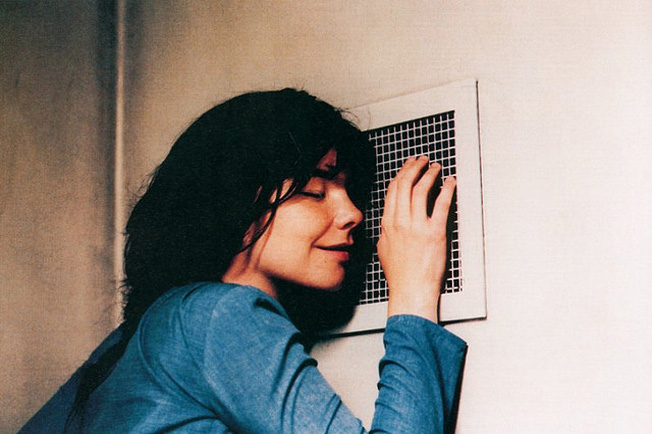
Resilience is the process of adapting well in the face of adversity, trauma, tragedy, threats or significant sources of stress— such as family and relationship problems, serious health problems or workplace and financial stressors. It means “bouncing back” from difficult experiences (American Psychological Association).
However, even though resilient people can survive the tragedies they have endured, it does not mean that they do not experience emotional pain, difficulty or distress.
As with most things, a combination of factors contribute to resilience – mainly having supportive relationships that encourage love and reassurance, problem solving skills, the capacity to make realistic plans and take steps to carry them out and managing strong feelings and impulses. The listed films provide a wide range of instances in which the characters must endure their pain and trauma, and continue living.
An important distinction must be made between resilience and revenge. While there may be fights against injustice and an aim for retribution in these resilient-themed films, the characters do not use harmful means to do so – which is the main component in vengeance films like “The Girl With The Dragon Tattoo”, The Vengeance Trilogy, and Memento, and hence why these and others are not listed.
15. The Pursuit Of Happyness (2006)

Gabriele Muccino’s biographical drama, based on Chris Gardner’s best-selling memoir of the same name, follows Gardner (Will Smith) in 1981, San Francisco as he tries his best to support himself and his five-year-old son, Christopher (Jaden Smith).
Gardner invests his entire life savings in portable bone density scanners and is able to sell most of them, until he loses one while running away from an angry taxi driver who he couldn’t pay.
The financial instability takes a turn for the worse since not only can he not continue selling scanners, but he also gets arrested for numerous unpaid parking tickets, his wife (Thandie Newton) leaves him, and they get evicted from their apartment – leaving Gardner and his son homeless.
During this time, he manages to become an intern at Dean Witter Reynolds, but the position is unpaid – with only the chance of him gaining a paid position as a broker striving him to move forward.
Despite his challenges and the fact that he spends his nights cradling his son at either a homeless shelter or in BART station, he never reveals his lowly circumstances to his colleagues, and never seeks evoke sympathy for profit or pity. For his performance, Smith was nominated for an Academy Award and a Golden Globe for Best Actor.
14. The Thin Blue Line (1988)
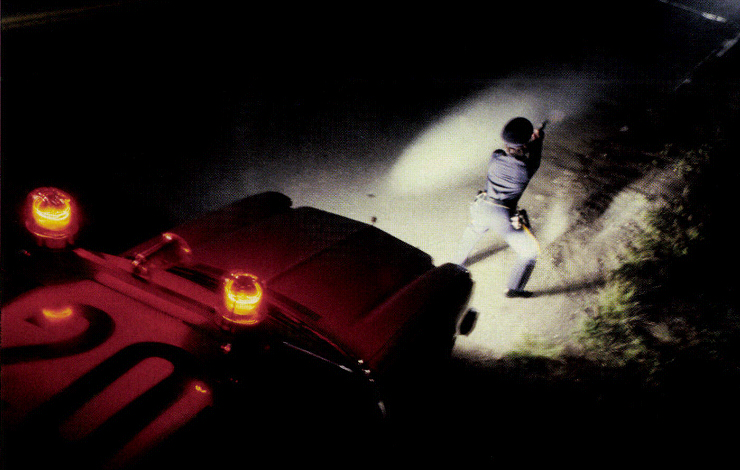
Errol Morris’ iconic American documentary uncovers the disturbing miscarriage of justice in the conviction of Randall Dale Adams, a man sentenced to death for a murder he did not commit.
Originally intended to be a documentary about the prosecution psychiatrist, Dr. James Grigson, who came to be known as “Dr. Death”, since his testimonies were almost always identical in more than 100 trials, and claimed that the defendant was an incurable sociopath, and would definitely kill again – leading to the defendants receiving death penalties.
His testimony about Adams was no different, but after meeting him, Morris became doubtful and switched gears to investigate what else was wrong with the handling of the Adam’s case.
An absorbing reconstruction, Morris manages to get quasi-abstract recreations of the crime with film noir overtones and a whodunit personality.
It also marks the first effective film score ever composed by Philip Glass and utilises juxtaposing images throughout his editing to ensure that a documentary is no less artistic than a fictional film. The film had a massive effect and led to Adams’ case being reviewed and finally released from prison approximately a year after its release.
13. The Shawshank Redemption (1994)
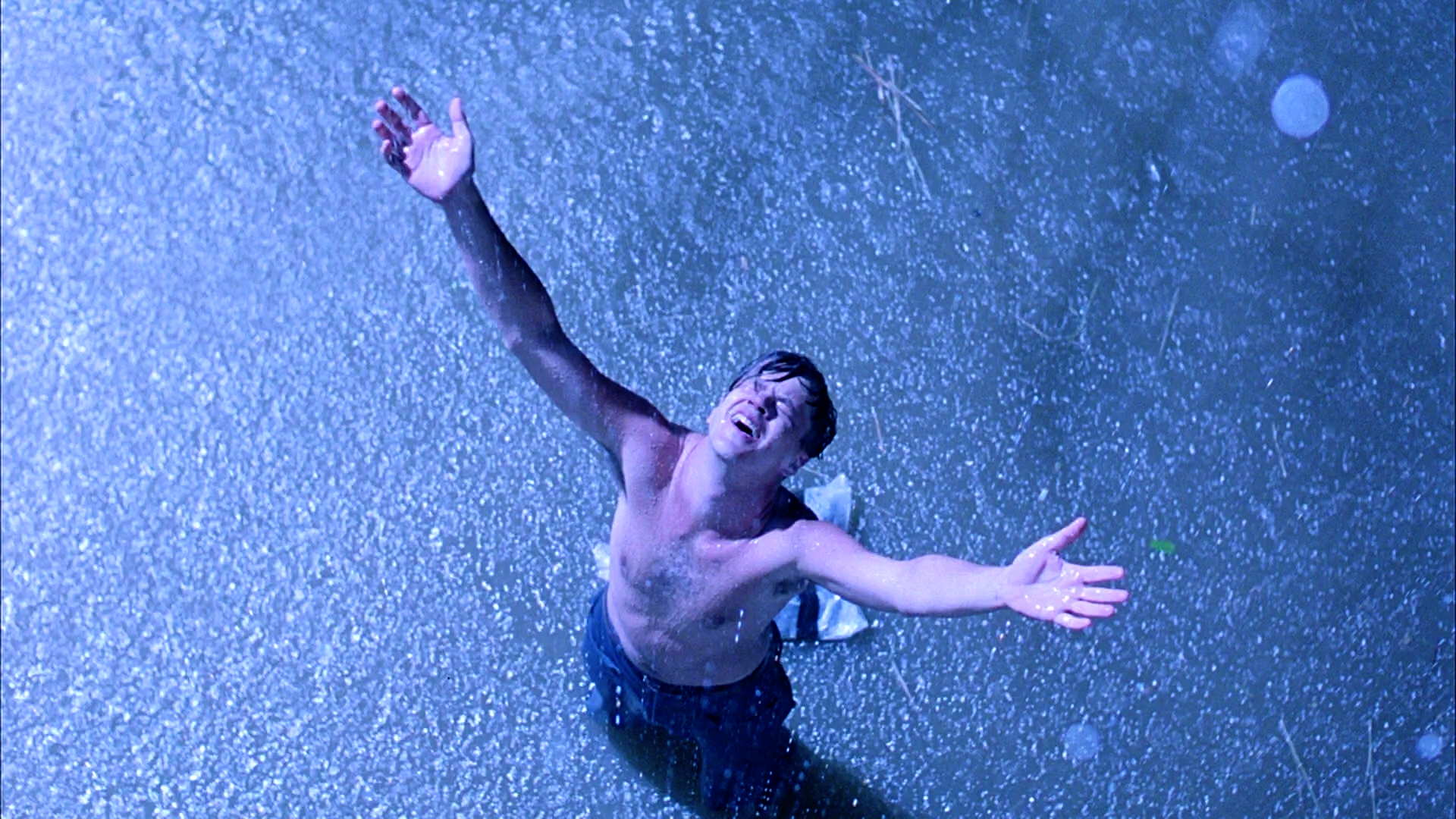
The best adaptations of Stephen King’s work has arguably been those of his non-horror short stories, including this film which was based on the originally titled, “Rita Hayworth and the Shawshank Redemption”.
Frank Darabont’s drama follows an ordinary banker, Andy Dufresne (Tim Robbins), who, in 1946, is sentenced to two lifetimes in Shawshank State Penitentiary for the murder of his wife and her lover. The film follows the silent, wide-eyed prison newbie through the eyes of prison veteran Ellis Boyd “Red” Redding (Morgan Freeman), the man who can get anything past the walls of the prison and who also narrates the film.
Over a period of twenty years, Red and Andy strike up a friendship, and Andy gradually learns to cope with life within Shawshank, and even thrives as he wins the respect of the governor and guards as he uses his accounting knowledge to do their tax returns and business dealings for them. Darabont’s remains true to the source material as the film deals with the triumph of the human spirit over injustice and indignity.
Although it was a box office disappointment, the film is considered to be one of the greatest films of all time. It also received multiple award nominations, including seven Oscar nominations, and raving reviews from critics.
12. It’s A Wonderful Life (1946)
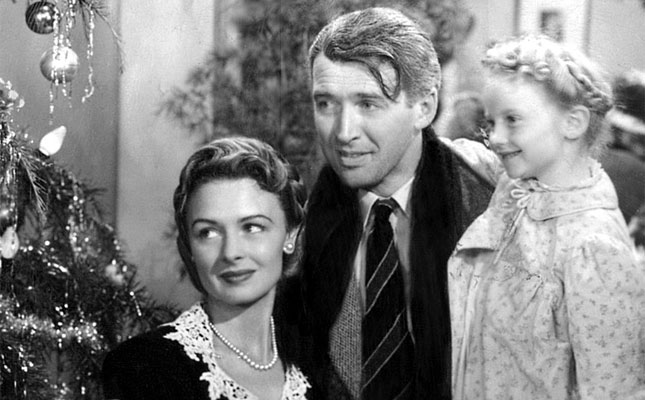
Frank Capra’s American Christmas classic stars James Stewart as the iconic George Bailey, a selfless man who has sacrificed all his dreams so as to help others in need. However, his long list of altruistic deeds just prolong his quest for happiness, leaving him depressed and suicidal.
When George about to jump off a bridge, an angel named Clarence Odbody is assigned to save him. In order to do so, Clarence sees George’s entire life (with the audience) before meeting him.
Through these memories, we learn that even in his childhood he did his best to help others like saving his younger brother’s life, costing him his hearing in one ear. He gives up his dream of travelling around the world to work at his family business, the Bailey Brothers’ Building and Loan when his father dies. When economic difficulties strike and money problems become a bigger problem, George become responsible for the entire town and cannot handle the pressure and the risk of failure.
Realising that with a life insurance policy, he is worth more to the community dead than alive, he drunkenly wanders to the bridge back to the beginning, where the angel shows him a parallel world of what things would be like if he was never in it.
11. Life Is Beautiful (1997)
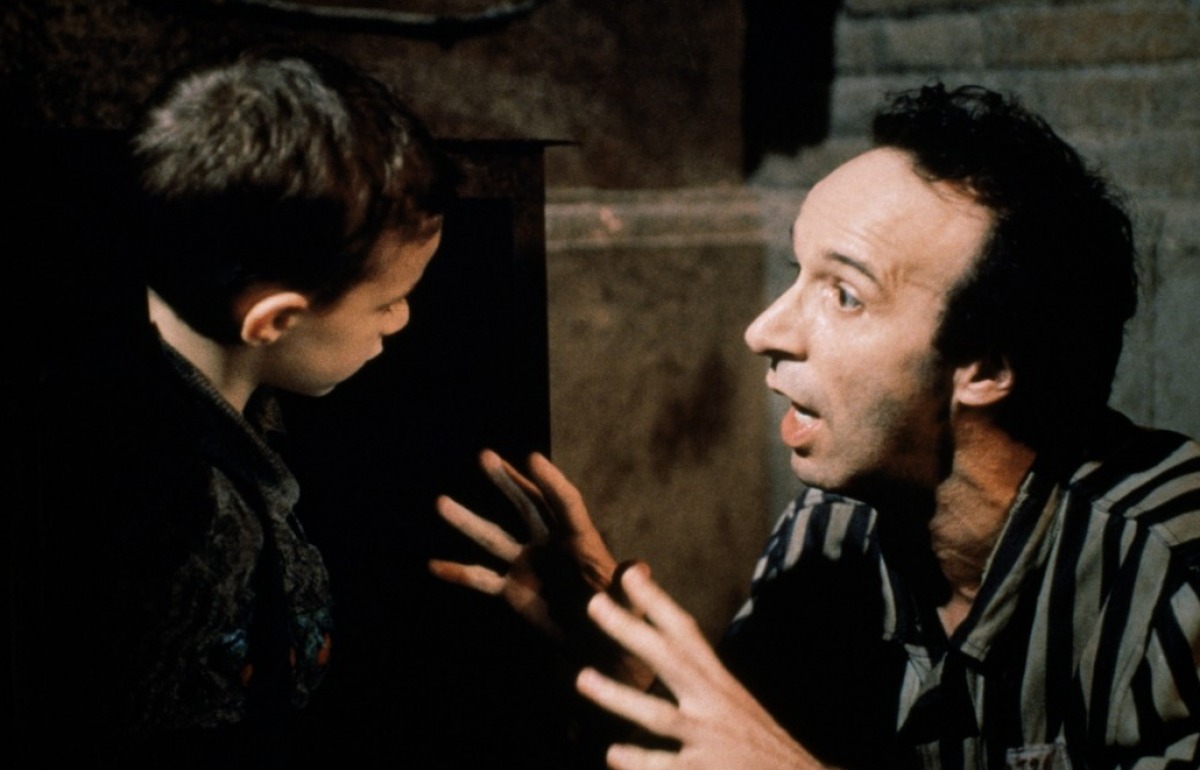
Roberto Benigni’s Italian comedy drama follows a comical and optimistic Jewish Italian book shop owner, Guido Orefice (played by Benigni himself) and his family during the 1930s.
At the beginning of the story, the film seems to be a romantic comedy as the protagonist falls in love with a teacher, who is set to be engaged to a rich but arrogant man. Guido sets up many spectacles as he tries to create “coincidental” meetings with his “principessa” and fulfils the romantic comedy tradition with making grandiose gestures to prove his love, one of which manages to include a horse.
Dora falls for his charm and their romance is fast-forwarded to 1939, where they are married, have a son, Giosuè, and are in the middle of the changing political climate in Italy and the growing Fascist wave. Guido and Giosuè are soon taken away and forced onto a train and taken to a concentration camp.
The film quickly shifts into a far more dramatic tale but Benigni manages to retain humour despite the tragedy his characters must face. Giosuè narrowly avoids being killed as he does not follow instructions and does not follow the other children who have been ordered to go to the “showers.”
Instead, Guido hides him in his bunk and also manages to hide their true situation. Guido explains to his son that the camp is actually a very complicated game in which he must perform the tasks Guido gives him, like remaining silent.
Each of the tasks will earn them points and whoever gets to one thousand points first will win a tank. Due to this, Guido must remain in character and upbeat through the atrocities he witnesses for the sake of his child.
The film was a critical and financial success, winning Benigni the Academy Award for Best Actor as well as the Academy Award for Best Original Dramatic Score and the Academy Award for Best Foreign Language Film.
10. The Diving Bell and the Butterfly (2007)
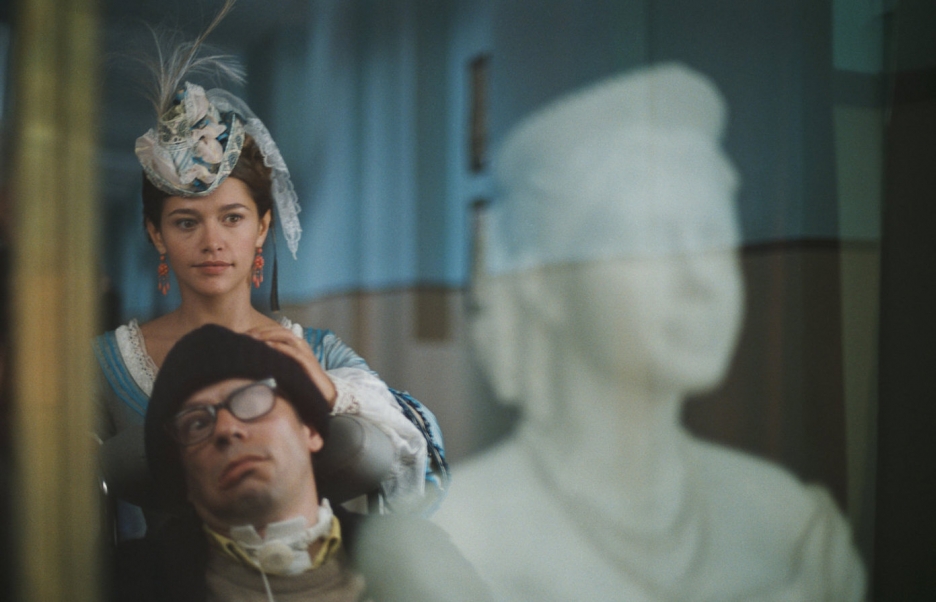
Based on Jean-Dominique Bauby’s memoir of the same name, Julian Schnabel’s French film depicts Bauby’s (Mathieu Amalric) life after suffering a stroke, which left him with an incrrdibly rare condition known as “locked-in syndrome”, which not only paralyzed him from the neck down, but left unable to speak.
Despite his extensively limiting circumstances, Bauby’s utilises his solely functioning left eye in order to communicate with others with the help of his speech therapist, Henriette (Marie-Josee Croze).
Holding up a card with the alphabet on it, the therapist reads the list of letters until Bauby blinks on the letter he wants. Even though this system is laborious, they become used to it -leading Bauby to write the memoir on which the biopic is based upon – through blinking.
The film premiered at the Cannes Film Festival, where Schnabel won the Award for Best Director. It was nominated for four Academy Awards, including Best Director, Best Adapted Screenplay, Best Editing and Best Cinematography, and won a BAFTA award for Best Adapted Screenplay, as well as two César Awards for Best Editing and Best Actor. Schnabel also won Best Director at the Golden Globe Awards, where the film won Best Foreign Language Film.
9. Rust And Bone (2012)
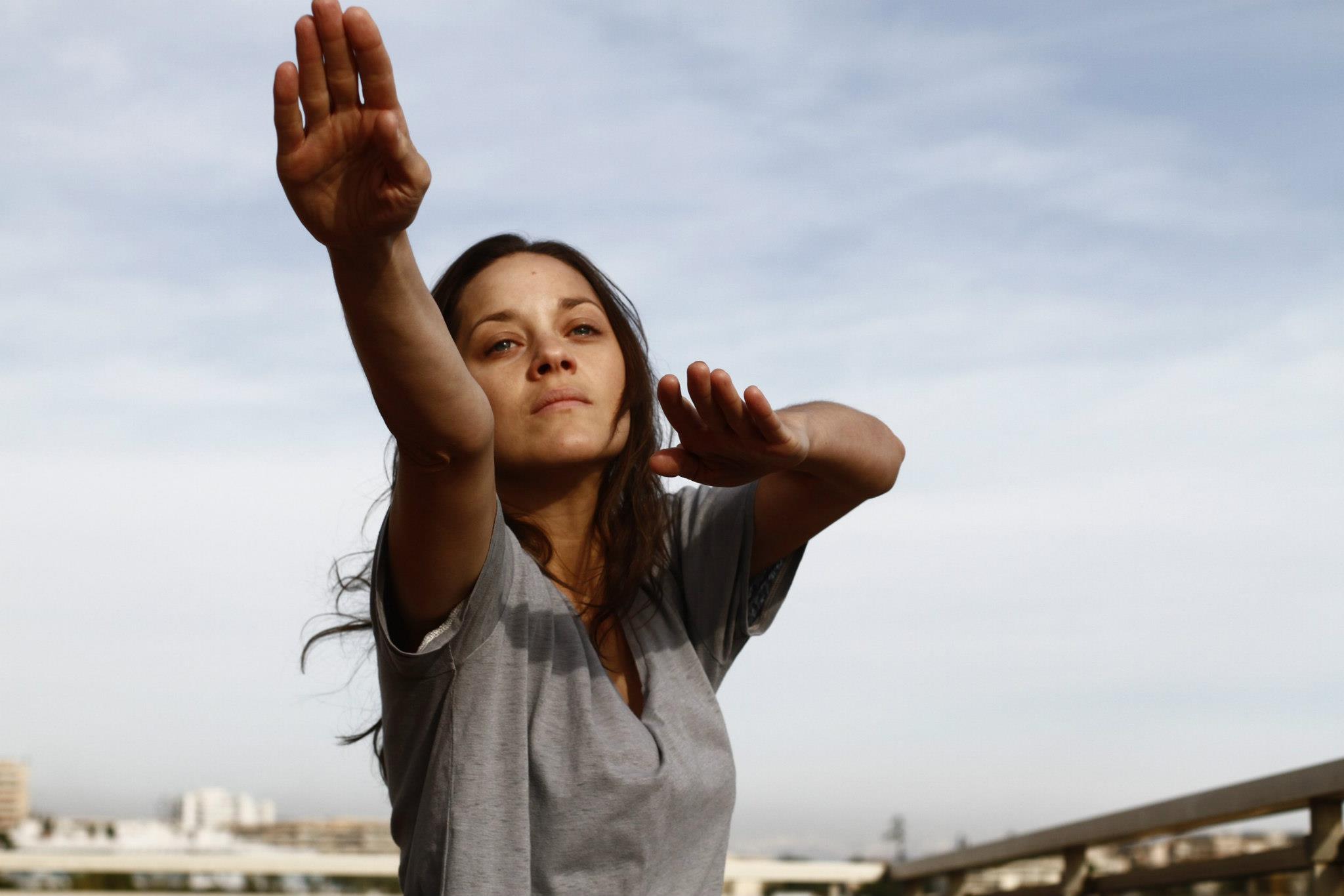
Jacques Audiard’s French–Belgian romantic drama film based on Craig Davidson’s short story collection of the same name, follows two people who are faced with challenges and who become close to each other along the way of dealing with them.
Ali (Matthias Schoenaerts) is rough, powerfully-built and dreams of becoming a champion at fighting, but his lack of a steady job and newfound responsibility of taking his young son, Sam, into custody set him on a different path. Stéphanie (Marion Cotillard) is a trainer at a seaquarium, using her body language to command a tank filled with killer whales to rise up from the water to entertain sunburnt tourists – until she isn’t, and left legless.
Stéphanie’s path to recovery is dreadfully slow as she not only loses her legs, but also loses her self-confidence. Terrified to do the things she used do, Ali persuades her to not give up things she loves.
While the two have little in common, they enjoy each other’s company enough to withstand each other’s perceived flaws. Raw and unsentimental, the film could have easily become a melodrama, but with Schoenaerts’ brute immaturity and Cotillard’s nuanced and subtle performance prevents it from becoming such, and instead revels in the normality of their actions.
The film competed for the Palme d’Or at the Cannes Film Festival and received a ten-minute standing ovation. It was also nominated for a Screen Actors Guild Award, two Golden Globes, two BAFTA Awards, and nine César Awards, winning four.